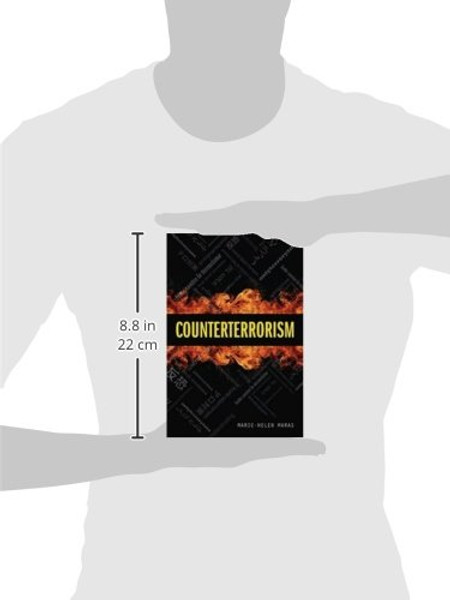Product Overview
To fully comprehend the evolution and current state of terrorism, students must look at its history on a global scale. This full-view understanding enables students to think sensibly about terrorism and better understand effective, and equally important, ineffective measures within counterterrorism. Appropriate for undergraduate and graduate-level courses in criminal justice and homeland security, as well as political science and sociology departments, Counterterrorism focuses on domestic terrorist groups from Europe, Asia, Africa, the Middle East, South America, and North America. It offers critical evaluation of the counterterrorism measures implemented in response to these terrorist groups. Using a multidisciplinary approach, this comprehensive resource compares terrorist groups, assesses the factors that are conducive to certain groups' sustainability and those that led to other groups' demise, and notes measures that were successfully used in the past to combat terrorists and terrorist groups worldwide. This text also incorporates efficient policies into a strategy that can be used to effectively contend with the current threat of terrorism by al-Qaeda operatives, affiliates, and homegrown terrorists inspired by al-Qaeda's cause.
Key Features:
-Employs an international scope and multi-group approach to provide students with a full understanding of terrorism and terrorist groups, not simply al-Qaeda.
-Provides comprehensive coverage of the theory behind terrorists' motivations and actions for students to grasp how and why terrorist groups act as they do.
-Contains boxes with case studies corresponding to the material as well as Food for Thought sections throughout, offering interesting research topics and questions on counterterrorism practices.
-Includes end-of-chapter review questions and hypothetical terrorist scenarios which test students on their comprehension of the section material and confirm that they understand terrorist groups' goals, capabilities, tactical profile, targeting pattern, and operational area, and the appropriateness of selected measures to counter these threats.






